
- 0 Comments
- PRMA Plastic Surgery
What are common myths surrounding breast reconstruction?
Myth #1
You’ll need to wait until after the mastectomy before having breast reconstruction.
FALSE! Immediate breast reconstruction can usually be performed at the same time as the mastectomy and generally leads to the best cosmetic results. Most women with early breast cancer (stage 1 or 2) are candidates. Immediate breast reconstruction has the advantages of saving the natural breast skin and decreasing the amount of scarring. Enabling the patient to wake up after surgery with breasts and avoiding the experience of a flat chest is also an added benefit to having reconstruction performed at the same time as the mastectomy.
Myth #2
Breast reconstruction is not an option for women who have radiation.
FALSE! Whether a patient is having radiation or not, breast reconstruction is always an option. For patients who will have/have undergone radiation, our surgeons recommend flap based breast reconstruction due to the high complication rates associated with implants in conjunction with radiation. Immediate breast reconstruction with either flaps or tissue expanders may still be an option if post-mastectomy radiation is planned, however, a coordinated team approach involving a radiation oncologist experienced in treating breast reconstruction patients is crucial in decreasing the risk of complications. Having said that, many surgeons still prefer to delay reconstruction until after the mastectomy and radiation have been completed. Unlike radiation, the plan for chemotherapy alone does not usually delay reconstruction.
Myth #3
Breast implants are the only option for breast reconstruction.
FALSE! When most women think about reconstruction, they automatically think breast implants. There are many reconstruction options available to women today. Microsurgical breast reconstruction using perforator flaps (e.g. DIEP flap, SIEA flap, TUG/VUG flap, GAP flap, etc.) represents the state of the art in reconstructive surgery after mastectomy. Flap surgery uses the patient’s own tissue from other areas (like the tummy, buttock or thigh) to recreate a “natural,” warm, soft breast. Flaps also avoid the long term problems associated with implants – many implant patients require further surgery within ten years because of implant-related problems like significant hardening (capsular contracture).
Author: Dr. Minas Chrysopoulo and Courtney Floyd
Your top 3 breast reconstruction myths debunked.
Leave Comment
Sign Up for Our Monthly Newsletter
Continue Reading
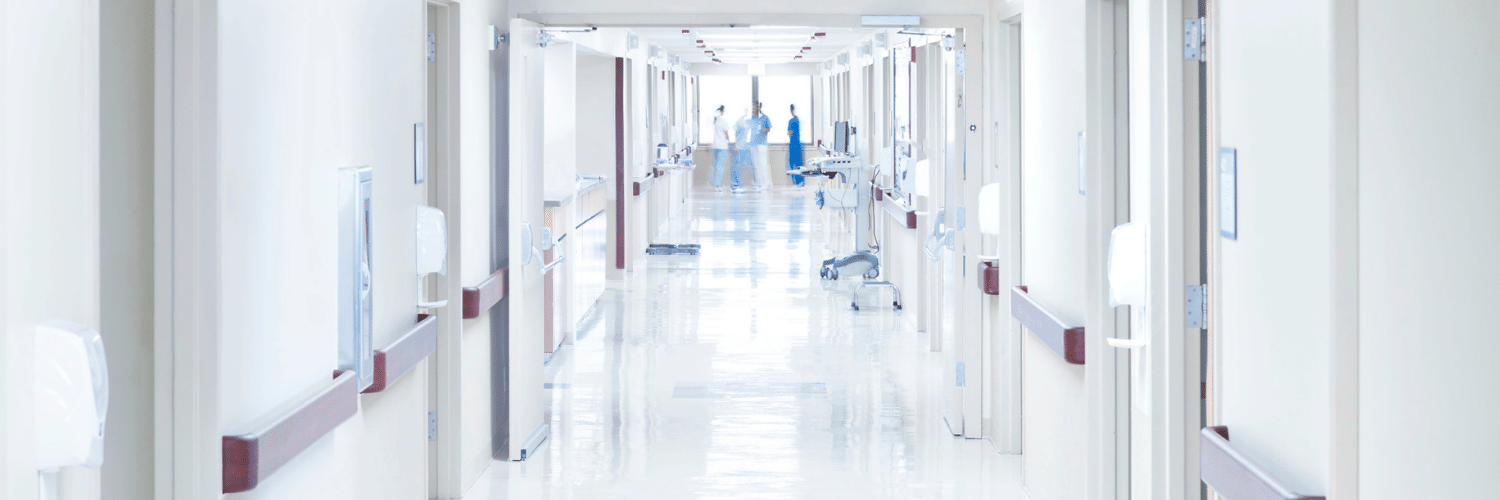
Hospital Stay After DIEP Flap Breast Reconstruction: What to Expect
Hospital Stay After DIEP Flap Breast Reconstruction: What to Expect December 09, 2020 Share on Facebook Twitter Linkedin Following DIEP flap breast reconstruction, patients are typically in the hospital for about 2-3 days. During that time, patients often wonder what they should expect. Here is what a typical hospital stay for PRMA patients entails… Flap […]

Breast Reconstruction Surgery and Your Period
Breast Reconstruction Surgery and Your Period December 02, 2020 Share on Facebook Twitter Linkedin During our pre-operative appointment with patients, a topic that occasionally arises is menstrual cycles. It is completely normal for women to experience changes with their periods throughout breast cancer treatments. These can be temporary or permanent. Periods can be unpredictable following […]
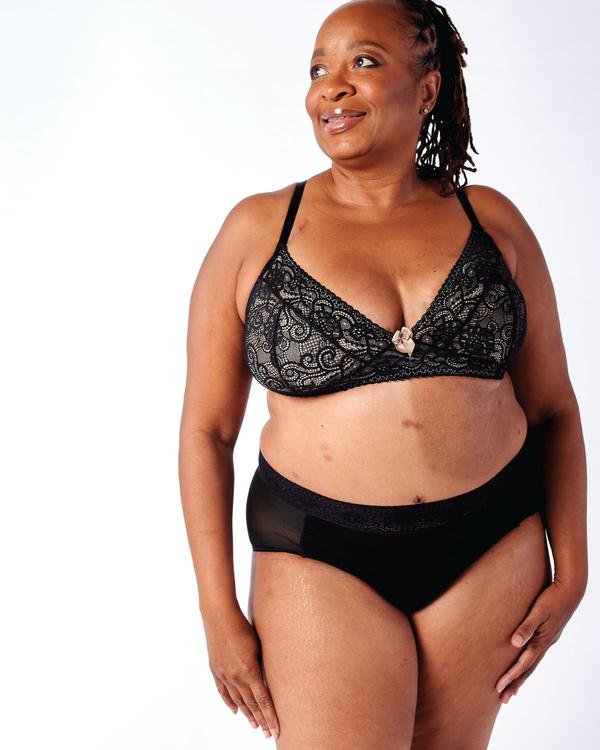
What Bras and Abdominal Girdles to Wear After Breast Reconstruction Surgery
What Bras and Abdominal Girdles to Wear After Breast Reconstruction Surgery November 17, 2020 Share on Facebook Twitter Linkedin When preparing for breast reconstruction surgery, many patients want to know what types of bras and abdominal girdles they should plan to wear after surgery. Although every surgeon has slightly different preferences, we have put together […]

My 5 DIEP Flap Realities | A Guest Blog From Julie
My 5 DIEP Flap Realities October 28, 2020 Share on Facebook Twitter Linkedin Hi everyone, my name is Julie from It’s a Bosom Thing. I am so happy to be here as a guest blogger and have this opportunity to share with you a few thoughts about life after DIEP Flap Surgery. I was diagnosed […]
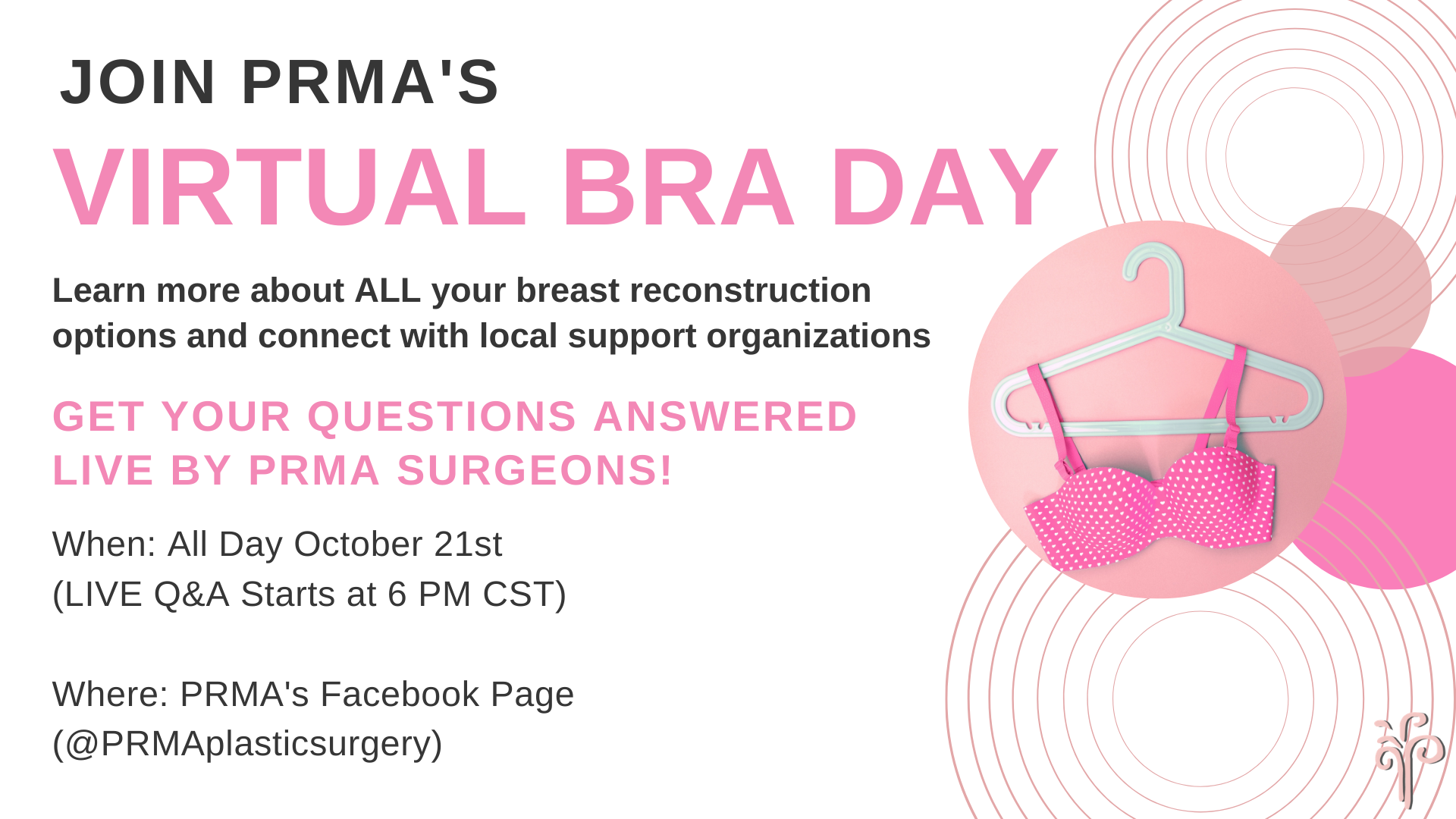
PRMA’s BRA Day Virtual Event Recap
PRMA’s BRA Day Virtual Event Recap October 22, 2020 Share on Facebook Twitter Linkedin Yesterday we celebrated Breast Reconstruction Awareness day! Although we missed seeing everyone in person this year, we were still able to spread education and awareness on ALL reconstructive options through our virtual efforts. We were also able to share information on […]
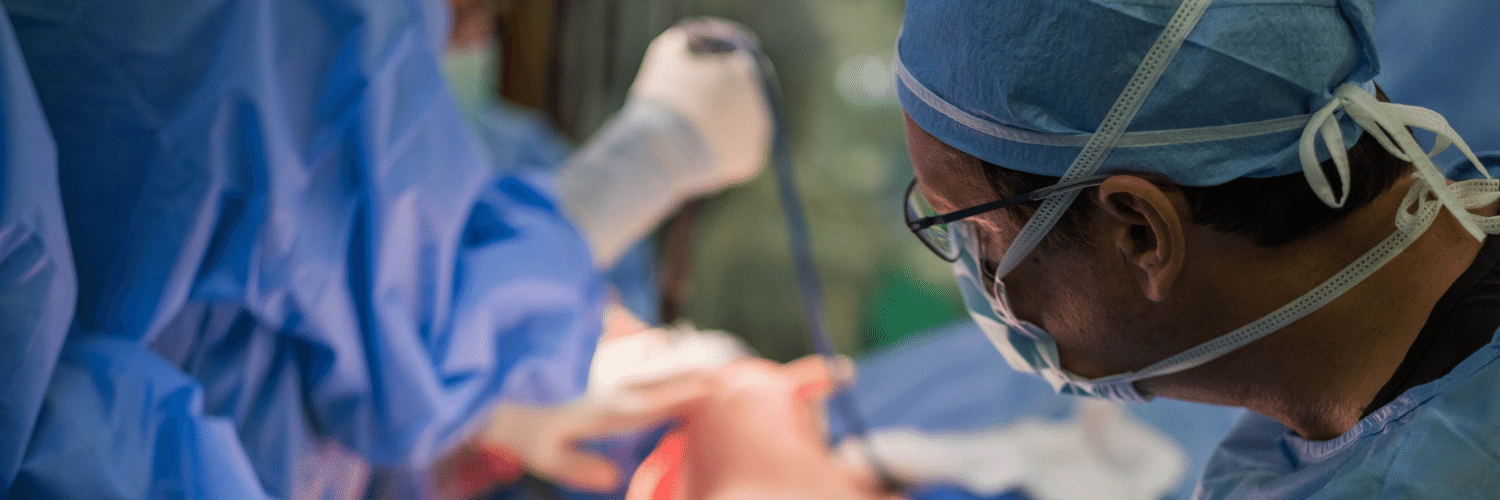
Second Stage DIEP Flap Surgery
Second Stage DIEP Flap Surgery September 08, 2020 Share on Facebook Twitter Linkedin DIEP flap breast reconstruction is typically comprised of at least two stages for the best outcomes. The second stage of surgery is commonly referred to as the “revision” stage and is usually performed about three months after the initial reconstruction. The purpose […]

If ‘Flaps’ Are Such A Great Breast Reconstruction Option, Why Doesn’t Everyone Get Them?
If ‘Flaps’ Are Such A Great Breast Reconstruction Option, Why Doesn’t Everyone Get Them? September 08, 2020 Share on Facebook Twitter Linkedin Flap-based breast reconstruction procedures, like the DIEP flap, offer patients a safe, natural implant-alternative option to reconstruction after a mastectomy. Flap surgeries are permanent and are associated with fewer complications after radiation when […]
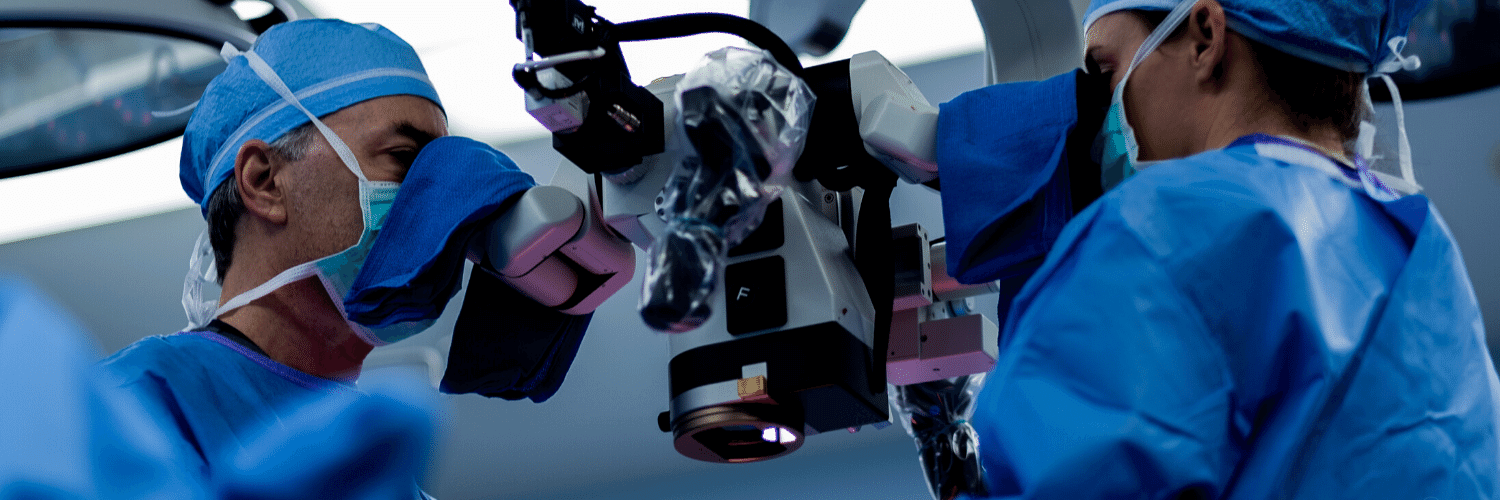
What is a Skin Island and How is it Used in Breast Reconstruction?
What is a Skin Island and How is it Used in Breast Reconstruction? September 08, 2020 Share on Facebook Twitter Linkedin What is a “skin island”? The term “skin island” is used to describe the remaining visible skin from a transplanted “flap” of tissue. In the setting of DIEP flap breast reconstruction, the skin island […]
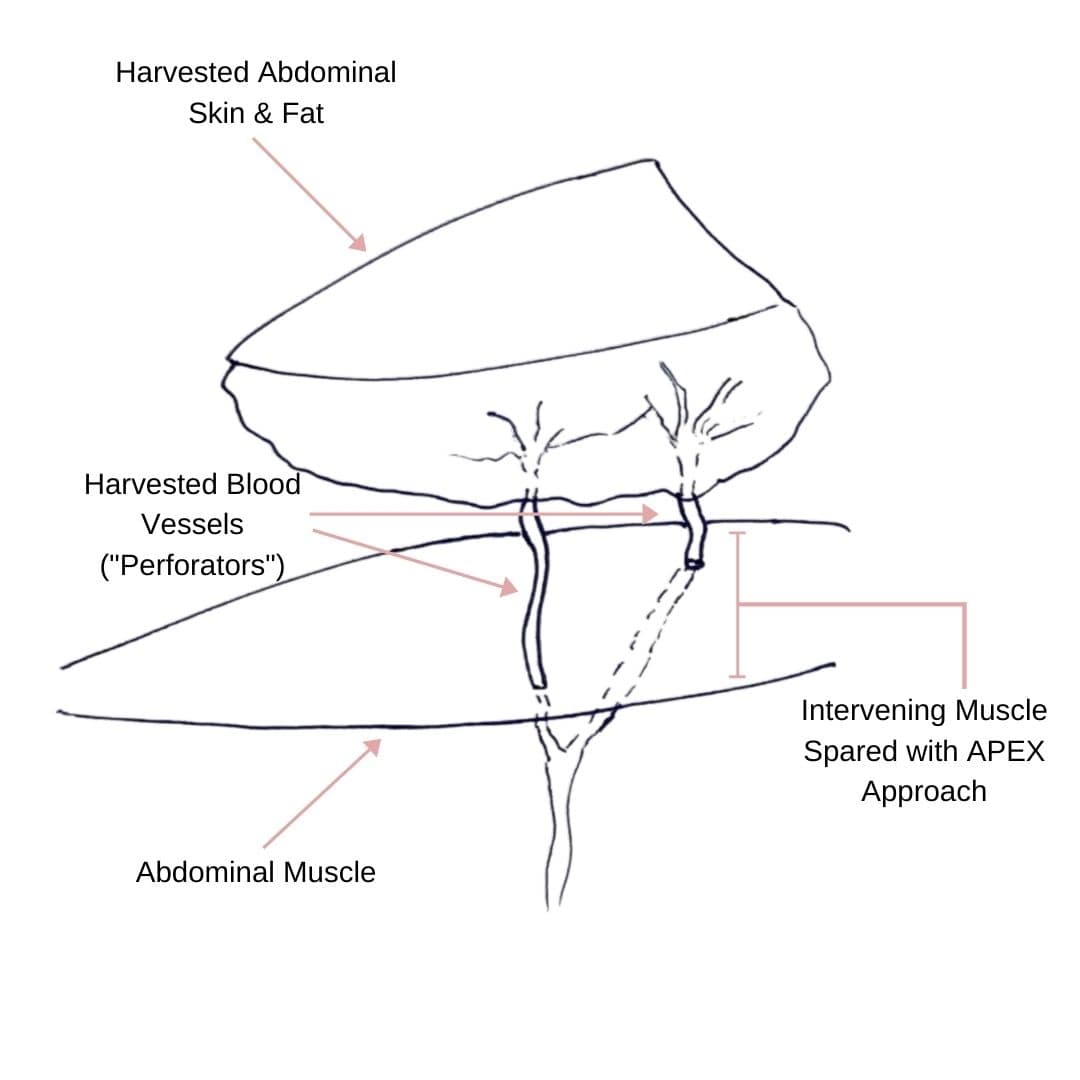
Comparing APEX Flap and DIEP Flap Breast Reconstruction
Comparing APEX Flap and DIEP Flap Breast Reconstruction August 10, 2020 Share on Facebook Twitter Linkedin We have been receiving numerous inquiries about the “APEX flap” recently. Patients want to know what it is and how it differs from the DIEP flap. APEX is an acronym that stands for “Abdominal Perforator Exchange”. Many patients believe […]
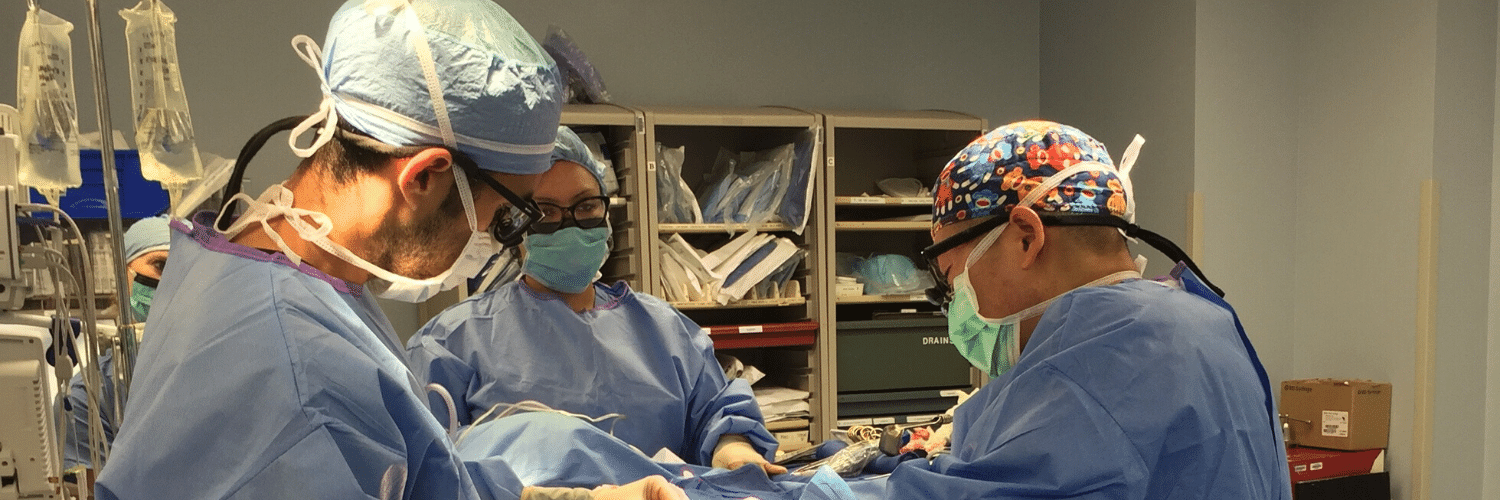
Monitoring the Health of Your Flap During & After Surgery
Monitoring the Health of Your Flap During & After Surgery July 21, 2020 Share on Facebook Twitter Linkedin Autologous flap (or tissue) breast reconstruction procedures represent today’s most advanced options for rebuilding a breast(s) following mastectomy. The most commonly performed method of flap-based reconstruction at PRMA is the DIEP flap. During this procedure, surgeons transplant skin […]

No Comments